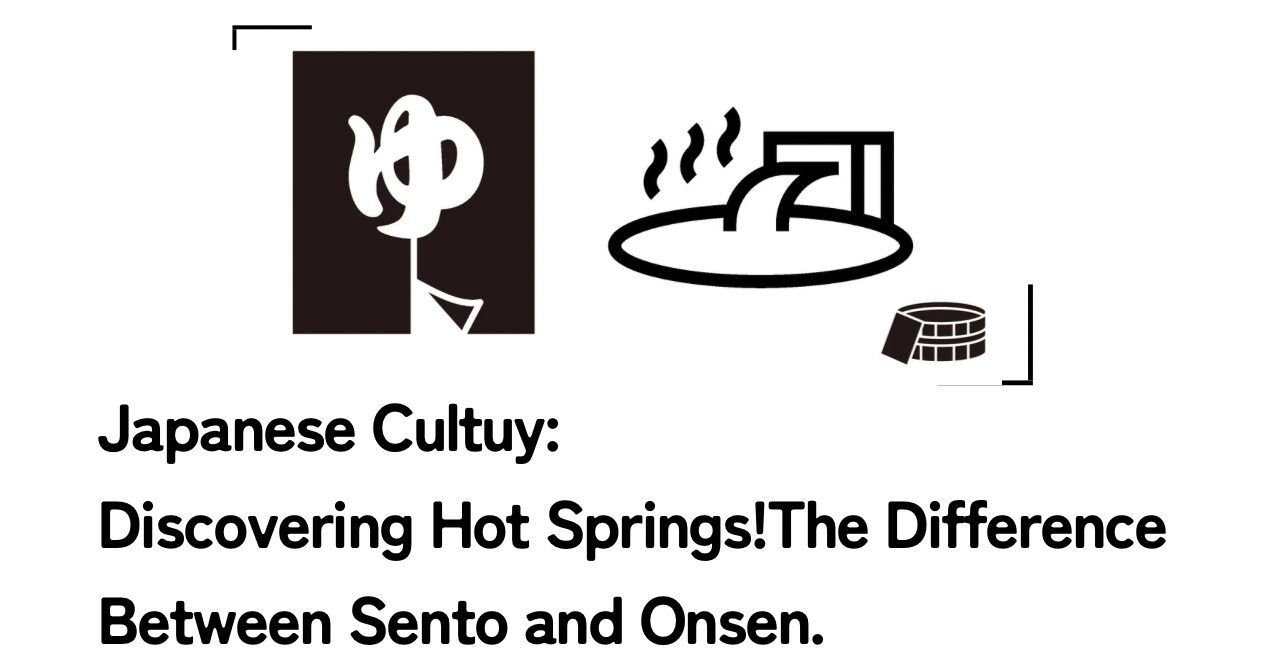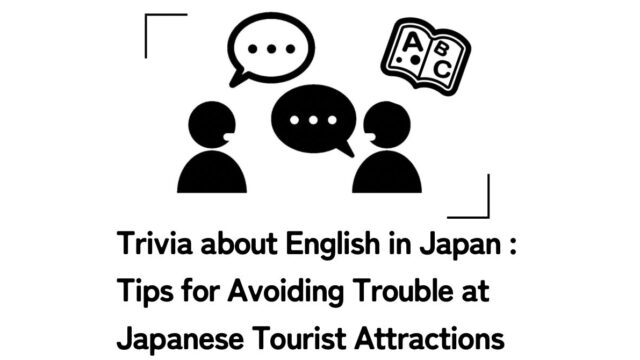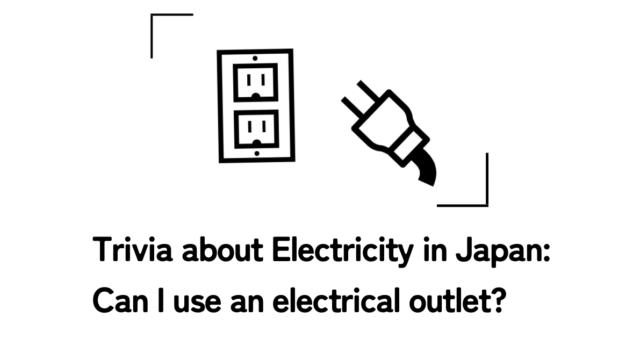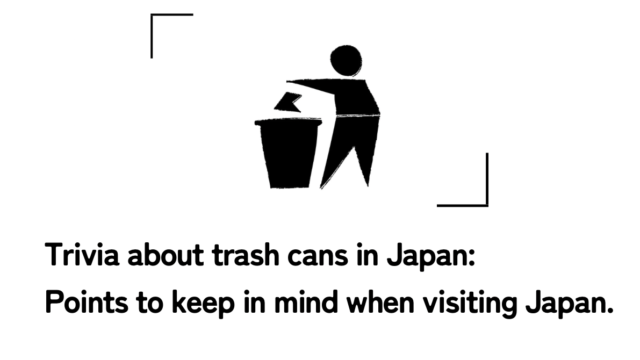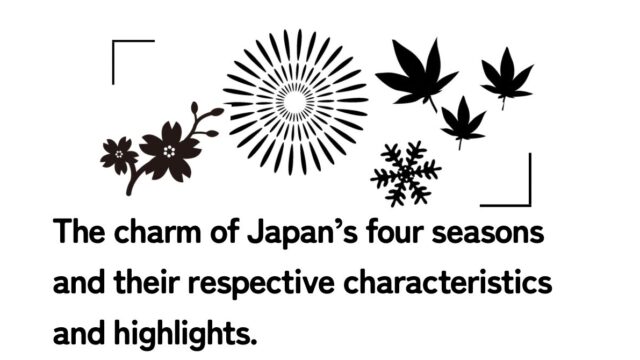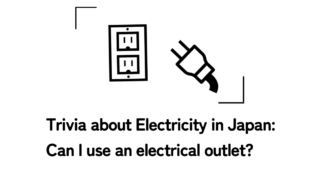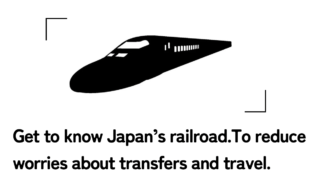Let me start by saying this. As a Japanese person, I like hot springs and public baths. The reason for this is that it makes you feel relaxed and refreshed both physically and mentally. Relieve your daily fatigue.
That’s why when traveling as a family, I look for accommodations with hot springs. When I go on a business trip, I stay at a business hotel with a large public bath.
If you visit Japan, you should experience a hot spring at least once. I don’t know if you can refresh yourself in a hot spring like me… In this article, we will explore the difference between “onsen” and “public bath” and hope that you will learn more about Japan’s hot spring culture. And I hope you will experience it when you visit Japan.
What are Japan’s world-famous hot springs?
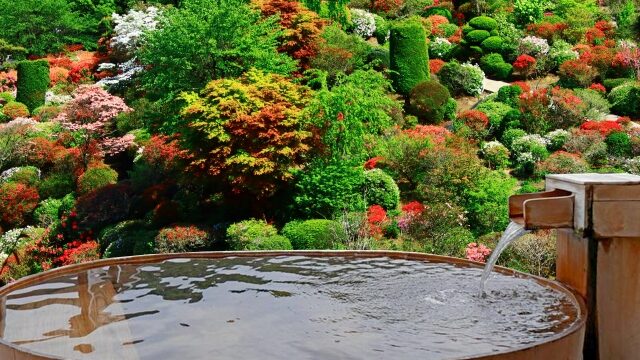
What is the appeal of Japanese hot springs? It is the abundance and quality of the sources. Japan is home to approximately 10% of the world’s active volcanoes.
Along the volcanic belt, there are many hot spring areas with lodging facilities. The number of such facilities exceeds 20,000, including accommodation facilities and public baths. No matter where you travel to any of Japan’s 47 prefectures, you’ll find hot springs and lodging facilities.
There are a wide variety of hot springs, each with different effects. Additionally, Japanese hot springs are clean, well-maintained, and of high quality.
Furthermore, Japan’s hot spring culture has a long tradition, and one of the attractions is the customer service and service that shows the spirit of hospitality.
History of Japanese People and Onsen
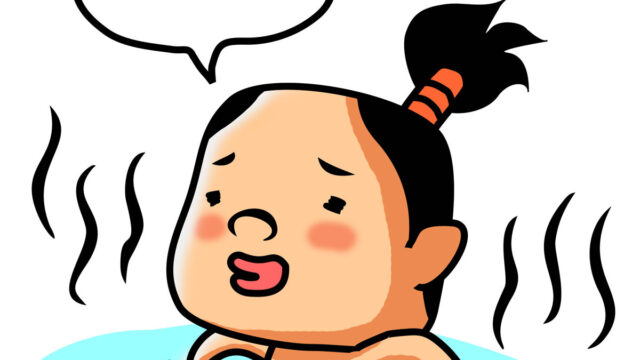
The history of hot springs is long, and traces of the use of hot springs have been found in Japan since BC. Written references to hot springs can be found in the Kojiki (Records of Ancient Matters) and Nihonshoki (Chronicles of Japan).
Since ancient times, hot springs have been believed to have beneficial effects and have been used to treat illnesses and wounds and to maintain physical health.
The development of hot spring areas dates back to the Nara and Heian periods. Especially during the Heian period, the custom of aristocrats and warriors visiting hot spring resorts to cure their illnesses and wounds became popular.
Later, during the Kamakura period (1185-1333), hot spring culture spread not only among the warrior class but also among the general public.
In the Edo period (1603-1867), hot spring cures developed and hot spring inns were built in many places. Also, during this period, knowledge about hot springs was accumulated, and the efficacy and qualities of hot springs were classified.
The Origin of Onsen Therapy
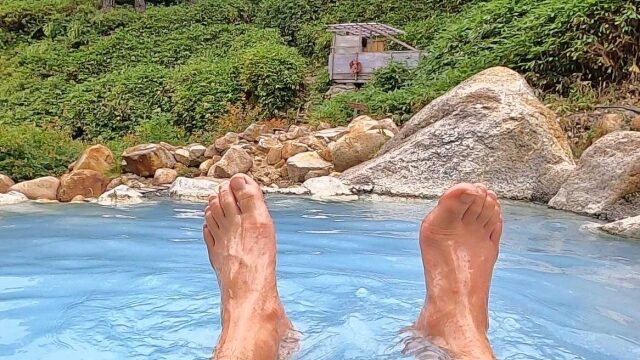
Goto Konzan(後藤艮山) is known as one of the founders of onsen therapy in Japan. Goto Konzan was active from the mid to late Edo period (1603-1868) and was a physician with a deep knowledge of onsen therapy. He spread knowledge of the theory and practice of onsen therapy through his writings such as “Onsen Iryo Sho” (Onsen Medicine Book).
Goto Konzan’s Ikki Ryutai Theory(一気留滞論)
One of Konzan Goto’s doctrines, the “Ikki Ryutai Theory” is part of the theory of hot spring therapy. This theory focuses on the flow of qi and the circulation of blood in the human body, and states that abnormalities in the flow of qi and blood are the cause of illness.
According to the one-air stagnation theory, diseases are thought to occur when the flow of qi in various parts of the body is blocked.
In particular, stagnation of qi flow in the muscles, blood vessels, internal organs, and other parts of the body is considered to be particularly important. Therefore, it is believed that soaking in hot spring water to warm the body and promote the flow of qi is helpful in treating and preventing illness.
Ikki Ryutai Theory is one of the most important theories in Goto Konzan’s onsen medicine and is the foundation of onsen therapy in Japan. This theory has also influenced modern spa therapy, qigong, and other health practices.
The Difference between Onsen and Sento
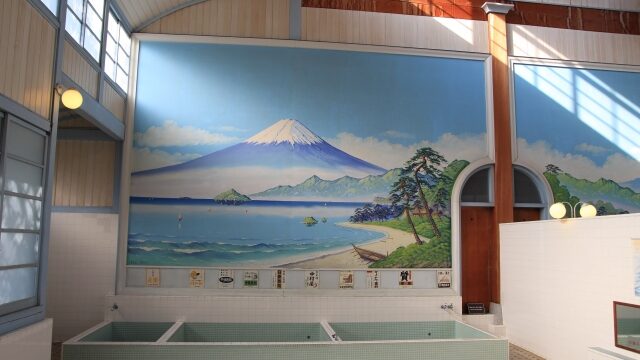
In Japan, there are spacious bathhouses known as onsen and sento.
Both share the same thing in that they both involve soaking in a bathtub. What are the differences between the two? The surprising truth will be revealed.
the source of the spring water
Hot springs are fed by natural warm spring water that comes from deep underground. This spring water is heated through underground bedrock and contains minerals and other elements as it rises to the surface. The water quality and composition of onsen vary from region to region, with each region having its own unique characteristics.
Sento, on the other hand, generally use groundwater or tap water. The water in public bathhouses is temperature-controlled and may be heated, but it is not natural spring water like hot spring water.
composition and efficacy
Hot spring water contains mineral elements that vary from one spa area to another, which may have specific health benefits.
On the other hand, the water in public bathhouses is heated plain water and has no specific benefits. Water quality and composition generally depend on the local tap water.
size and facilities
Onsen facilities are usually large in scale and designed to take advantage of the natural landscape. They are equipped with indoor and outdoor baths, saunas, and other amenities.
Sento, on the other hand, are generally located in urban areas and usually have simple interiors and facilities. As the name suggests, sentou are public bathhouses that rent out hot water and charge a fee. The purpose of a sento is to protect the sanitary environment of the residents.
Fees
Onsen (hot spring) baths are often expensive, and are sometimes combined with lodging facilities. Sento (public bathhouses) are relatively inexpensive and can be used on a day trip to protect the livelihood of local residents.
These are general differences, but they can vary from place to place and facility to facility.
A more detailed definition of a hot spring would be
The water temperature must be 25°C or higher when it gushes out from the source. Or, even if the temperature is below 25°C, the water must contain at least one of the 19 components specified by the government in the specified amount.
Summary:The difference between a hot spring and a public bath.
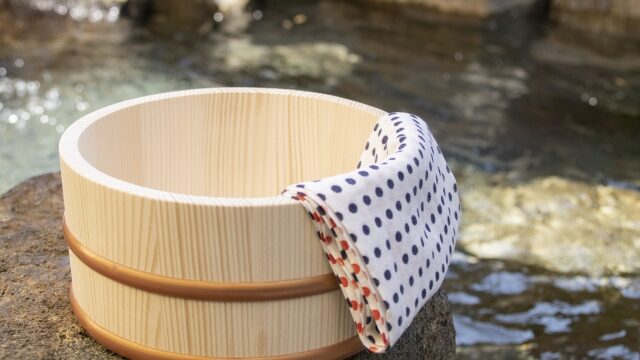
Onsen and sento are different cultures, and each has its own charm. Onsen can be enjoyed as tourist attractions, while sento are a part of daily life as a place where local people gather. Visiting a Japanese onsen or sento will allow you to fully enjoy the culture and flavors of Japan.
Bathing in an onsen or sento will also help relieve daily stress and fatigue and refresh your body and mind. In a space filled with the blessings of onsen, you can forget the hustle and bustle of everyday life and enjoy a moment of comfort and relaxation. When you come to Japan, experience the bliss of soaking in an onsen to relieve your physical fatigue and relax your mind.
